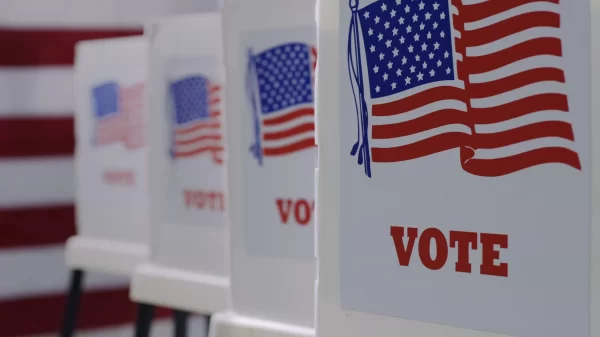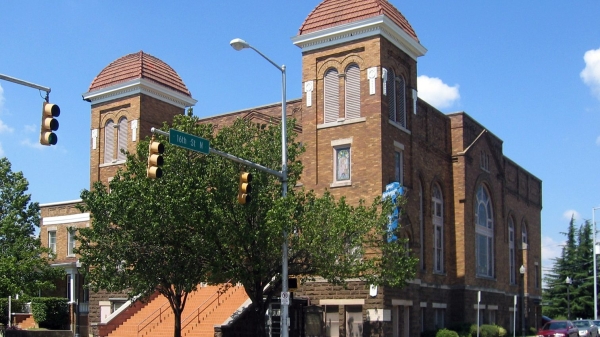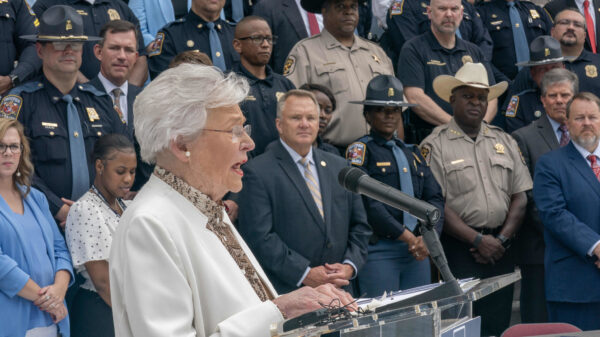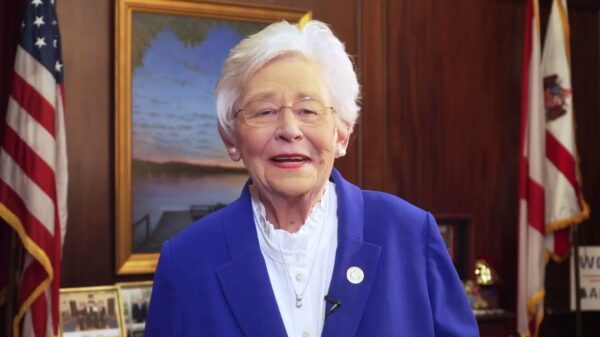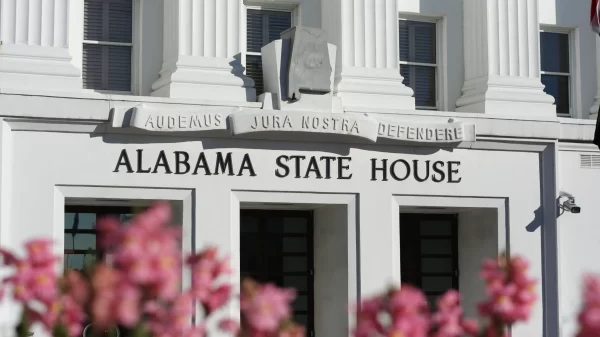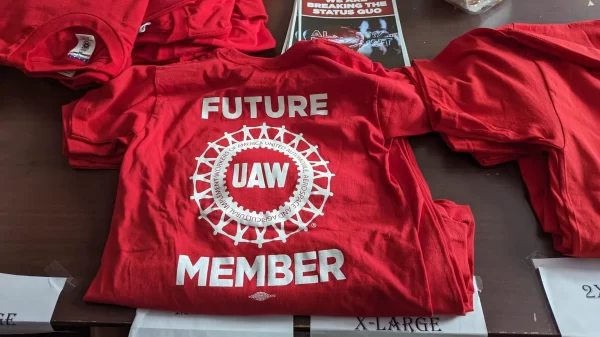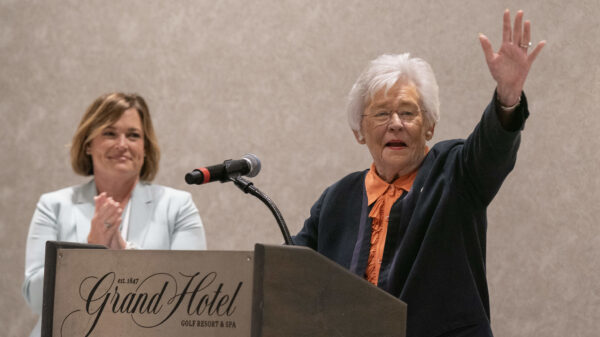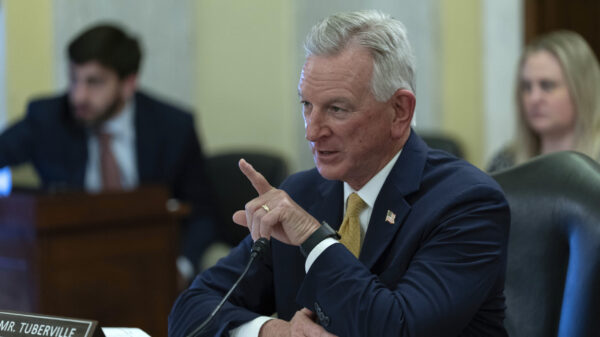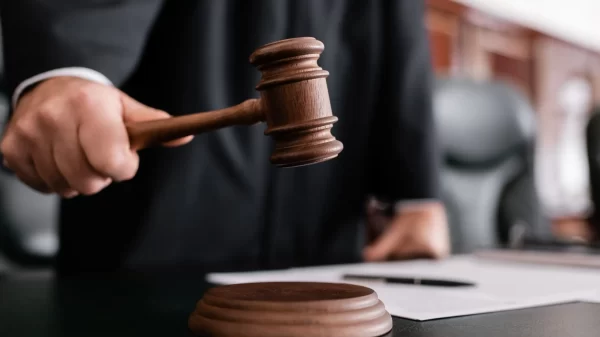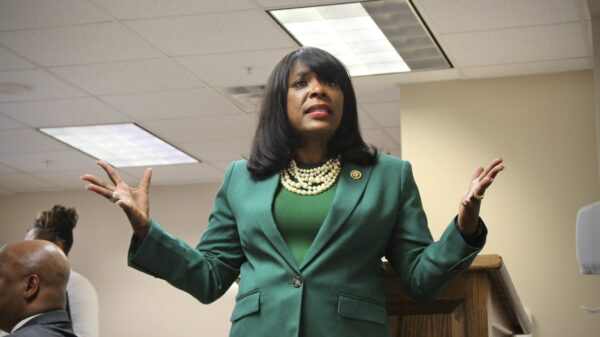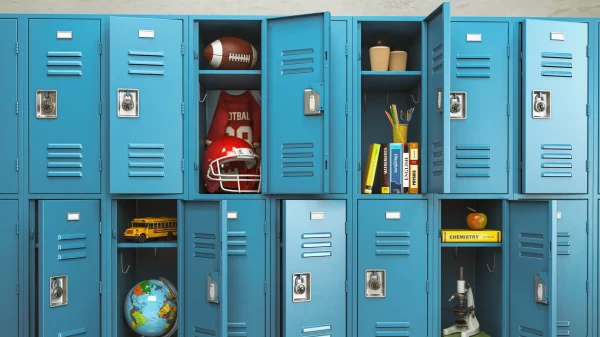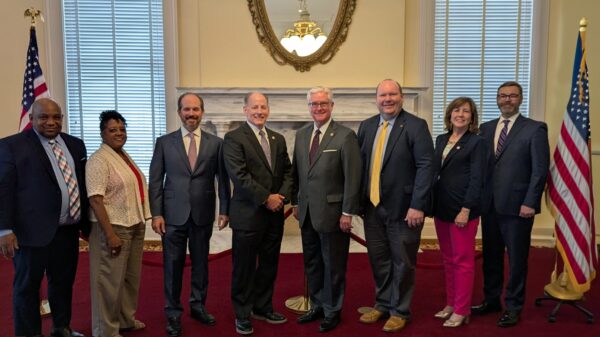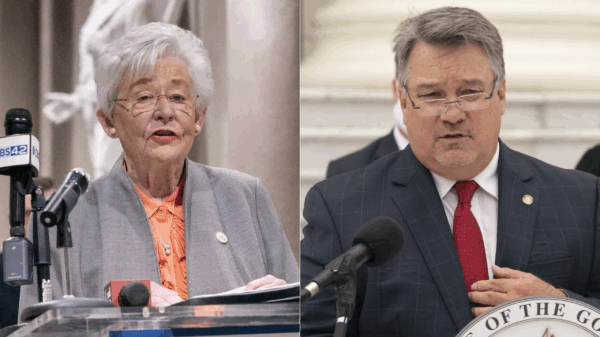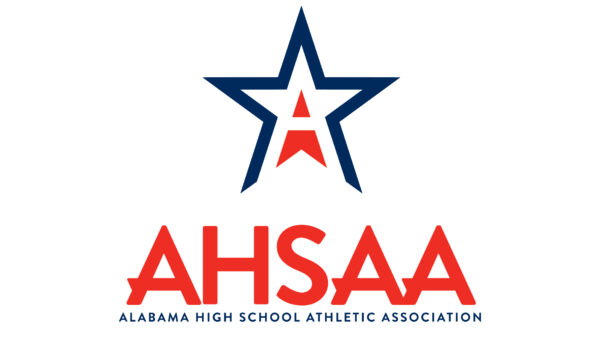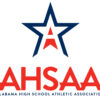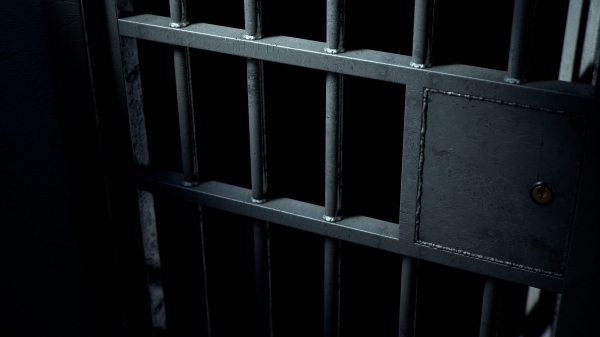Last week, there was a lot of celebrating among some Alabama lawmakers over a big court win against the Alabama High School Athletic Association.
A Montgomery judge on Friday granted a request for a temporary restraining order that would block enforcement of a transfer rule and allow private schools to temporarily subvert AHSAA rules and recruit players using CHOOSE Act funds.
This wasn’t an actual win—no matter which side of the argument you viewed it from. The court is set to hear full arguments on the matter in a couple of weeks. But in the meantime, it all provided certain politicians with a good headline.
Everyone else was provided with a mess.
That shouldn’t be a surprise. It happens each and every time the legislature—or anyone in state government, for that matter—pokes their head into the governance of athletics. It’s not hard to understand why.
The AHSAA, like all sports governing bodies, is interested in establishing fairness and an equal playing field, and its rules and enforcement of those rules—while sometimes hard to understand or unnecessarily punitive—consider the totality of athletes and schools.
The politicians, on the other hand, are typically swooping in because one specific issue has irritated them—or, more likely, irritated some major donor, or group of loud mouthed voters—and they are proposing a legislative “fix” only for that problem and those people, unconcerned with how it might affect others.
That’s what’s happening right now in high school sports across Alabama in the aftermath of last Friday’s ruling.
Montgomery Circuit Court Judge J.R. Gaines granted the TRO against the AHSAA, but by law, that TRO had to be narrowly focused upon the portion of AHSAA rules which the Association has issued an interpretation. Because the AHSAA is a private, voluntary organization, the court has no jurisdiction over its on-the-books rules, but can step in if the AHSAA acts with fraud, lack of jurisdiction, unfairness, collusion or arbitrariness in its enforcement of its rules.
So, Gaines’ order applied only to the AHSAA ruling that CHOOSE Act recipients must sit out their first year. All other AHSAA rules, the order states, are in effect and enforceable.
And that’s where the chaos comes in.
Because that one CHOOSE Act interpretation isn’t the only AHSAA rule that affects high school athletes transferring to private schools.
The AHSAA’s rules for certifying athletes who transfer schools are dependent heavily on determining if a student made a “bona fide” move—is there evidence of a physical change of address. When those same students transfer to a private school, though, there is no school zone to move into.
That’s why the financial aid sit-out rule is in place—to stop private schools from recruiting top athletes by offering financial aid to pay for the tuition and expenses.
But it’s not the only rule addressing that issue. And in a press release issued after the ruling, the AHSAA mentioned two—the bona fide move rule and the overlapping school zone rule.
Basically, those two work in tandem and result in this: If you live in an area in which multiple schools sit within the same school zone, student athletes who transfer schools within that zone must provide evidence of a bona fide move or sit out one year.
To put those words into reality: Basically, all Montgomery-area private schools are in the same school zone, and that zone overlaps with the zones of most of the public schools. So, a student athlete transferring from any public school in Montgomery and into a private school in Montgomery will likely have to meet the definition of making a bona fide move to avoid having to sit out one year.
To meet the definition of making a bona fide move, the student athlete will have to show that he, or his entire family, physically changed addresses.
The AHSAA indicated in its press release that it intends to enforce its rules.
So, right now, we have hundreds of transfer athletes playing, or getting ready to play, in various high school football games across this state. Depending on where they transferred from and to, there’s a decent chance that those athletes are still ineligible under AHSAA rules.
And come November, when state playoffs roll around and coaches start the annual tradition of turning each other in over ineligible players, the Association is going to be crushed with phone calls about ineligible players at private schools who fell into this overlapping school zone rule.
All of this could have been avoided, of course, had lawmakers simply tried to work through the issue, in good faith, with the folks at AHSAA. There are several easy solutions to this problem that could allow for the enforcement of rules that ensure fair play and cut down on recruitment and still allow for students to transfer using CHOOSE Act support.
Instead, we’re going to be left with a ridiculous scene of confusion, and it’s almost guaranteed—unless some sort of compromise is reached—that there will be a record amount of forfeits and ineligible athletes come playoff time.
But that’s what happens when grandstanding, and not fairness, is the goal.


